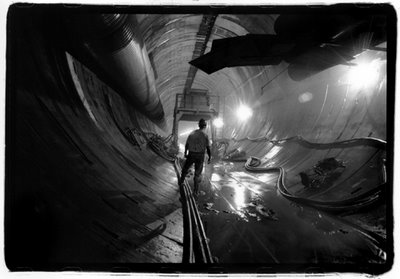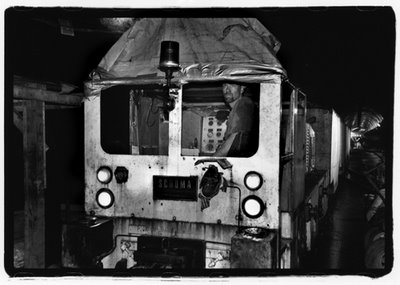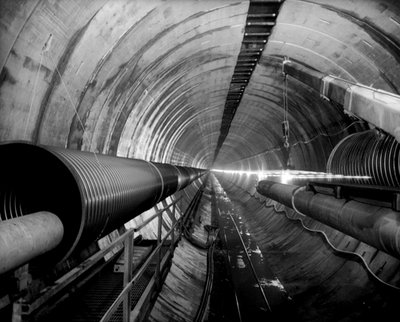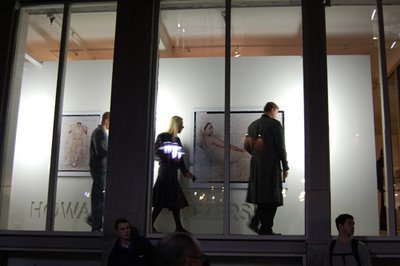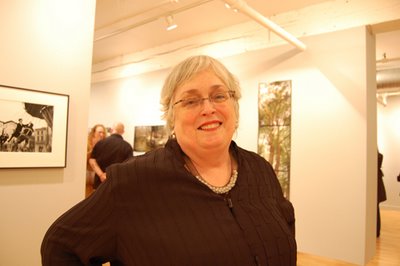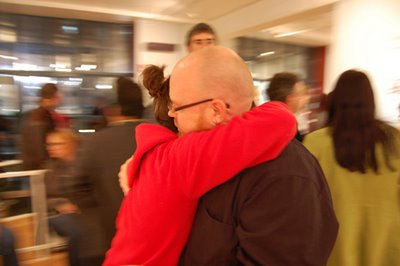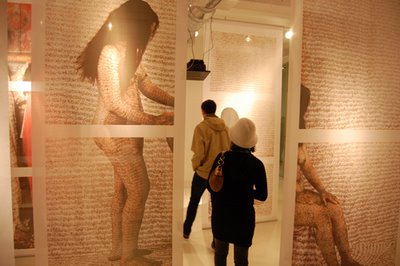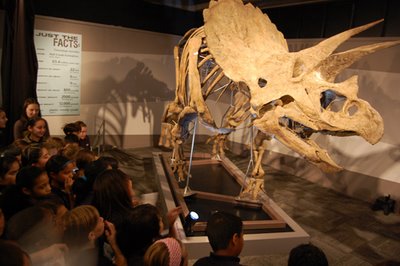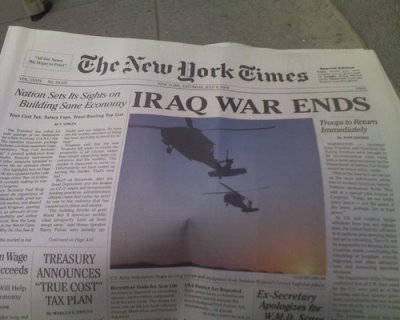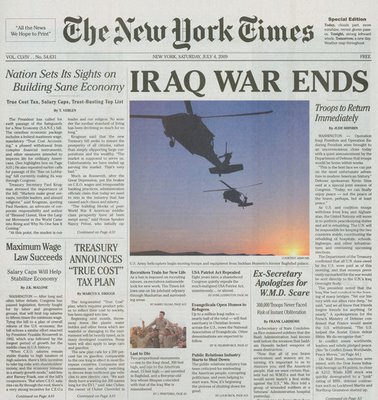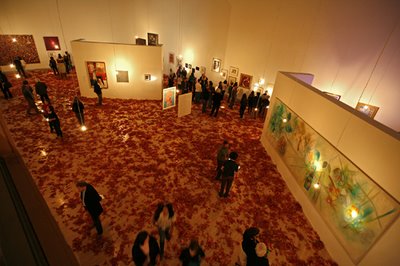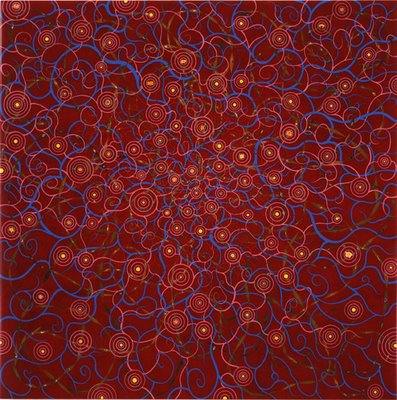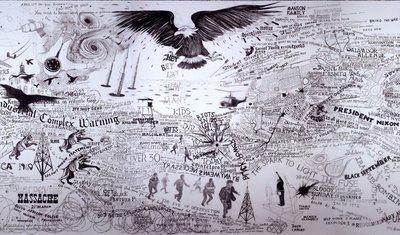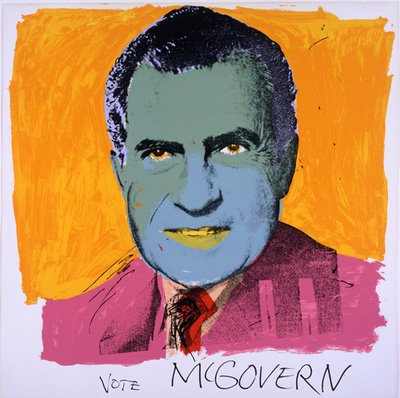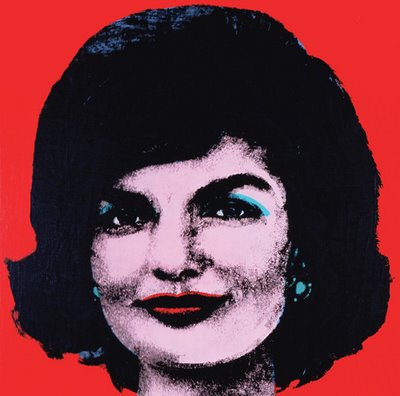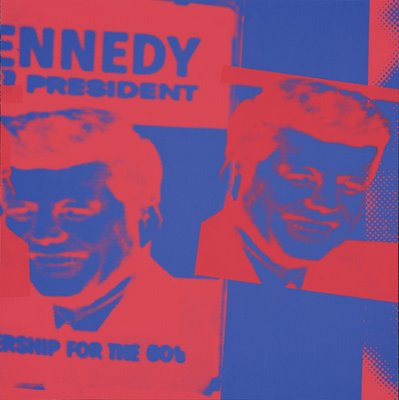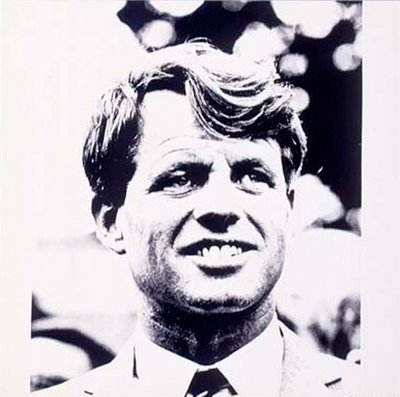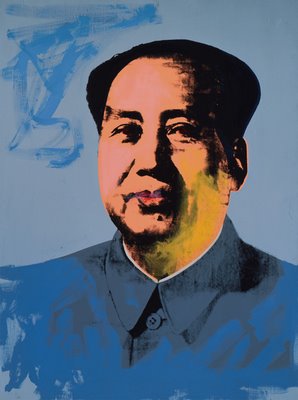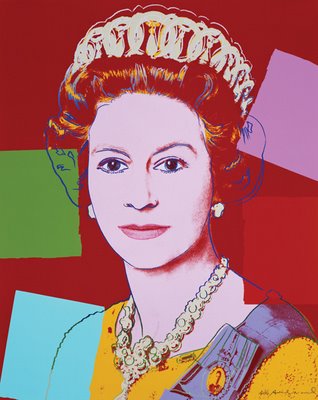Peter Goldberg

Here’s my essay on Peter Goldberg’s “Providence Underground” photos of men digging Providence’s combined sewer overflow tunnel, which are now on view at Gail Cahalan Gallery in Providence:
It was September 2004 when Pawtucket photographer Peter Goldberg first descended into the sewer overflow tunnel that the Narragansett Bay Commission was digging under Providence to keep crap — literally — from overflowing city pipes during heavy storms.Read the rest here.
At a construction trailer on Allens Avenue, he was given a half-hour safety orientation and issued a hard hat, goggles, ear plugs, tall rubber boots, and a backpack holding a breathing apparatus in case — heaven forbid — something went horribly wrong. And, of course, he was required to sign the usual waivers. Then he climbed into a metal cage and a crane lowered it down a circular shaft some 300 feet (30 stories) into the earth.
"It's just cement-lined most of the way, until you get down to the very bottom. Then it opens up into like the Batcave," Goldberg, 43, tells me.
Peter Goldberg “Providence Underground,” Gail Cahalan Gallery, 200 Allens Ave., Providence, Nov. 12 to Nov. 24, 2008.
Photos copyright Peter Goldberg.
